Mitigating 2025 Central Floods
As of October 28, 2025, Thailand’s central floods have resulted in 22 deaths, 3 missing persons, and impacts on 340,000 residents across 16 provinces. The disaster was triggered by Typhoon “Matmo” colliding with the southwest monsoon. It was further compounded by the Chao Phraya River’s pre-swollen levels from earlier Typhoon “Bolaven”. Low-lying terrain and dam releases worsened the inundation. Unlike the 2011 floods that paralyzed Bangkok, this crisis spared the capital’s core but devastated the central agricultural heartland. Bivocom existing flood pump and irrigation projects in Thailand helped mitigate losses during the crisis. Building on this on-the-ground experience, we’ve developed full-cycle Bivocom Flood IoT Solutions to address the country’s recurring flood risks.
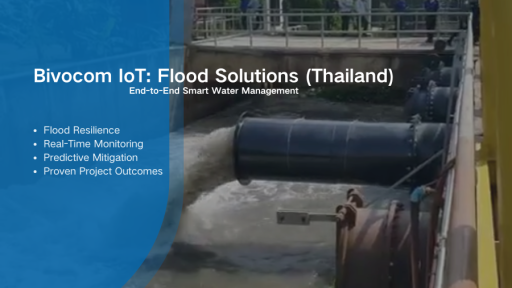
Why Thailand Faces Recurring Flood Risks
Thailand’s persistent flood risk comes down to two intertwined drivers—natural vulnerabilities and human pressures—each amplifying the other.
Natural Geographic Weaknesses
- Monsoon-typhoon rainfall: 80% of annual rain falls May–October, often intensified by typhoons, leading to sudden, heavy downpours that overwhelm rivers.
- Low-lying, sinking terrain: The Chao Phraya Basin’s plains face “double sinking”—1cm of annual land subsidence plus 3–5mm of sea-level rise—reducing flood storage capacity.
- Tidal-river: The Chao Phraya’s estuary sees tidal surges that collide with upstream floodwaters during monsoons.
Human-Caused Amplification
- Urbanization eroding flood buffers: Bangkok lost 60% of its wetlands and canals (critical for storing floodwater) in 20 years; concrete landscapes also increase surface runoff, overloading drains.
- Reservoir and water management: Upstream reservoirs often fail to free up capacity before monsoons, forcing concentrated downstream releases (2025, where post-“Bolaven” dam adjustments still caused local submergence).
- Agricultural strain on ecosystems: Over-extracting groundwater for rice/rubber farms degrades soil stability; northern deforestation also clogs rivers with sediment, cutting their ability to carry floodwater.
Bivocom Core Capabilities & Product Deep Dive
TY511 LCD RTU: The All-in-One Hub for Critical Hydrological & Structural Monitoring
- Robust Hardware: 2 RS232, 2 RS485 interfaces, 8 DI, 8 DO, 8 ADC, 2 Pulse, 8 16-bit ADC channels; IP30 protection, -35℃~75℃ operating range, 15KV ESD protection.
- Visualized Local Operation: 128×64 backlit LCD screen enables on-site staff to access real-time data and configure settings without external devices.
- Uninterrupted Data Management: 16MB local storage with backup, supports 4G/3G/2G networks, and integrates Modbus TCP/RTU/MQTT protocols for seamless sensor-cloud connectivity.
- Enhanced Reliability: Rich I/O, overcurrent protection, and hardware watchdogs prevent failures during 24/7 flood monitoring.
TG501 Micro RTU: The Compact Workhorse for Distributed Flood Monitoring
- Network Compatibility: Supports global 4G/3G/2G, LTE CAT M1, and NB-IoT to meet diverse coverage and speed requirements
- Interface Configuration: 2 RS232 (1 for debugging), 1 RS485, 3 16-bit ADC (supports 4-20mA current/0-5V voltage input), 2 DI, 2 relay outputs, and 1 power output (12V/1A, with overcurrent protection).
- Protocol & Data Management: Built-in Modbus RTU/TCP, MQTT, TCP/UDP protocols; 16MB local data storage, supporting 5 synchronized data centers to prevent loss.
- Additional Features: Optional GPS module; SMS alarm and AT command configuration; 12-month standard warranty.
In practice, it delivers targeted solutions across key flood scenarios. For Bangkok’s low-lying suburbs (e.g., Pathum Thani) and underground garages, it connects to water gauges. It triggers instant alerts and auto-activates flood barriers as water levels rise. Within central Thailand’s rice fields, it links soil moisture sensors to irrigation pumps. This setup automates drainage during floods and precision watering after recovery. Within urban sewer networks, it detects clogs via flow meter data, enabling timely maintenance and minimizing sewage overflow.
Water IoT Platform 3.0: The Intelligent Brain Driving End-to-End Flood Management
- Unified Data Integration: Aggregates real-time data from hydrological sensors, RTUs, pumps, and water quality monitors—providing a holistic view of flood conditions.
- AI-Powered Predictive Analytics: Uses historical flood data and real-time inputs (rainfall, water levels, tide surges) to generate accurate flood propagation models.
- Digital Twin Visualization: Creates virtual replicas of river systems, urban drainage networks, and pump stations, allowing authorities to simulate flood scenarios and test response strategies (e.g., optimizing dam release schedules) without real-world risk.
- Seamless Collaboration & Automation: Enables cross-department data sharing between the department of water resources, local governments, and emergency teams. Supports custom automated workflows—such as triggering reservoir releases when upstream water levels rise, or diverting resources to high-risk areas.
The platform is pivotal to Thailand’s flood management across the entire cycle. Pre-flood, it integrates hydrological and urban sensor data to forecast flood paths, guiding evacuation planning and resource pre-positioning. During floods, it provides real-time infrastructure visibility, enabling timely floodgate/pump adjustments to protect vulnerable areas. Post-flood, it analyzes water quality to identify pollution hotspots, accelerating safe water supply restoration.
Global Experience & Thailand Project Practice
With a strong presence in 90+ countries, Bivocom has amassed extensive practical experience. Our IoT water resource management solutions fully cover core scenarios: hydrological monitoring, urban flood prevention, smart sluice, water quality surveillance, underground space protection, and agricultural irrigation optimization. These solutions have been widely adopted in river basin management, reservoir safety monitoring, urban drainage operation, rural water supply, and cross-border water coordination.
- Smart Flood & Irrigation Pump Control Project: To tackle Thailand’s monsoon-driven flood risks and inefficient agricultural irrigation, Bivocom deployed an IoT pump system with TY511 RTU, TG462S Gateway, and TR341 Router. The system enabled real-time data collection, automated flood response, precision irrigation, and stable connectivity.
- Urban Street Water Level Monitoring & Flood Alarm Project: Targeting Thailand’s flood-season street waterlogging and delayed alerts, Bivocom implemented a system with water level sensors, TG501 RTU, and cloud platform. It provided real-time depth monitoring, instant SMS/APP alerts, and visualized flood forecasting.
About Bivocom
Bivocom boasts over a decade of industrial IoT expertise and a presence in 90+ countries. We focus on solving global water management challenges, delivering tailored IoT solutions for flood mitigation, hydrological monitoring, and intelligent resource optimization. Our solutions empower water authorities, agricultural operators, and urban managers. They effectively address recurring flood risks, inefficient resource use, and fragmented monitoring systems. We integrate rugged hardware (GNSS/LoRa/5G routers, gateways, and RTUs), IoT/EMS cloud platforms, and scenario-specific sensors. This transforms reactive disaster response into proactive resilience, aligning with global climate adaptation goals and local water management priorities.
- Scenario Adaptation: Tailor solutions to diverse environments, from river basin flood control to urban waterlogging prevention and agricultural irrigation optimization.
- End-to-End Intelligence: Unify data collection, real-time monitoring, predictive analytics, and automated control to create closed-loop water management systems.
- Global-Local Synergy: Leverage global project experience to adapt proven technologies to regional challenges
Ready to Strengthen Your Flood Resilience?
Bivocom delivers reliable, industrial-grade IoT solutions to transform water management efficiency and reduce disaster impact. Contact [email protected] for a free customized solution assessment—building resilient, data-driven water systems aligned with your regional needs.

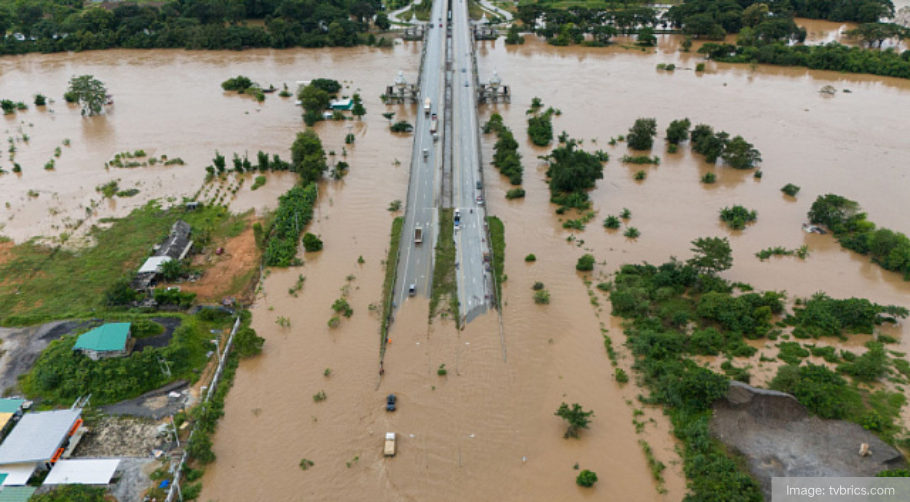

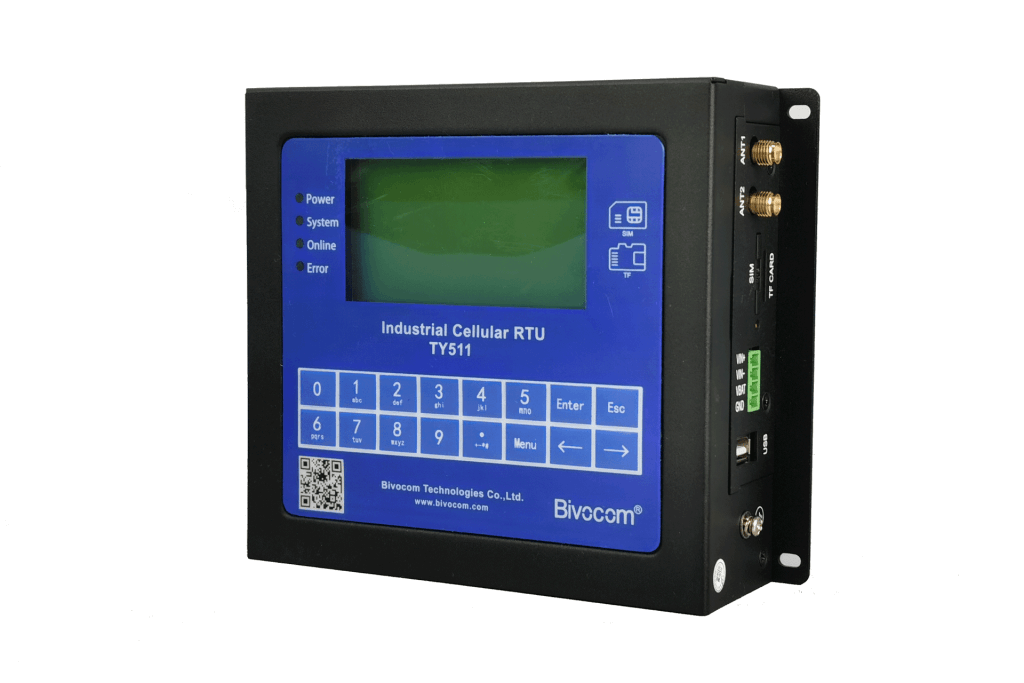
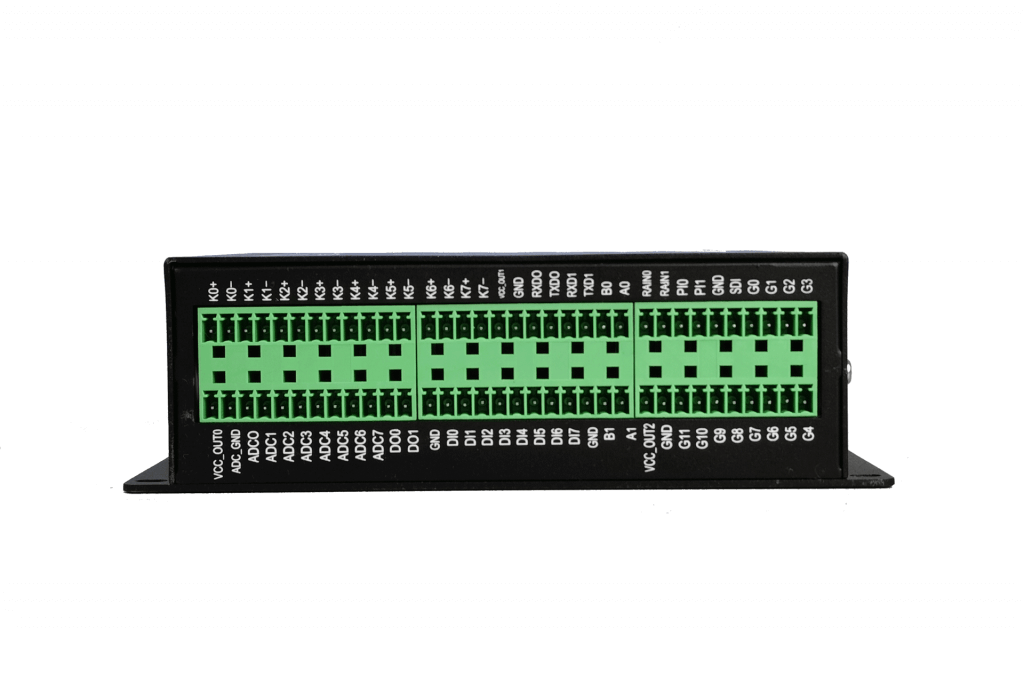

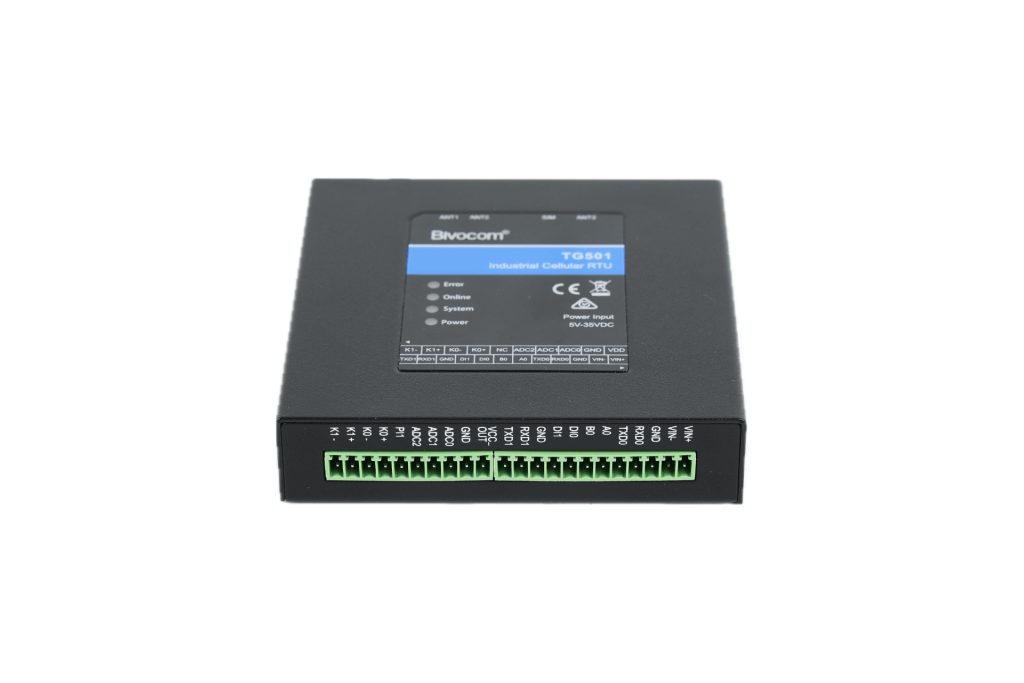
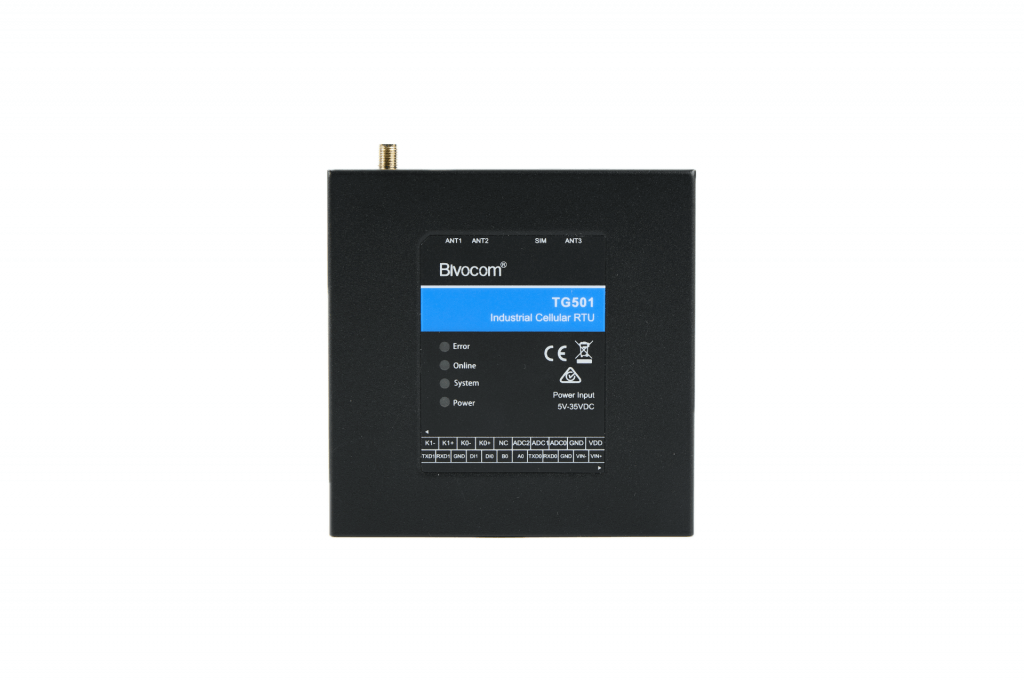
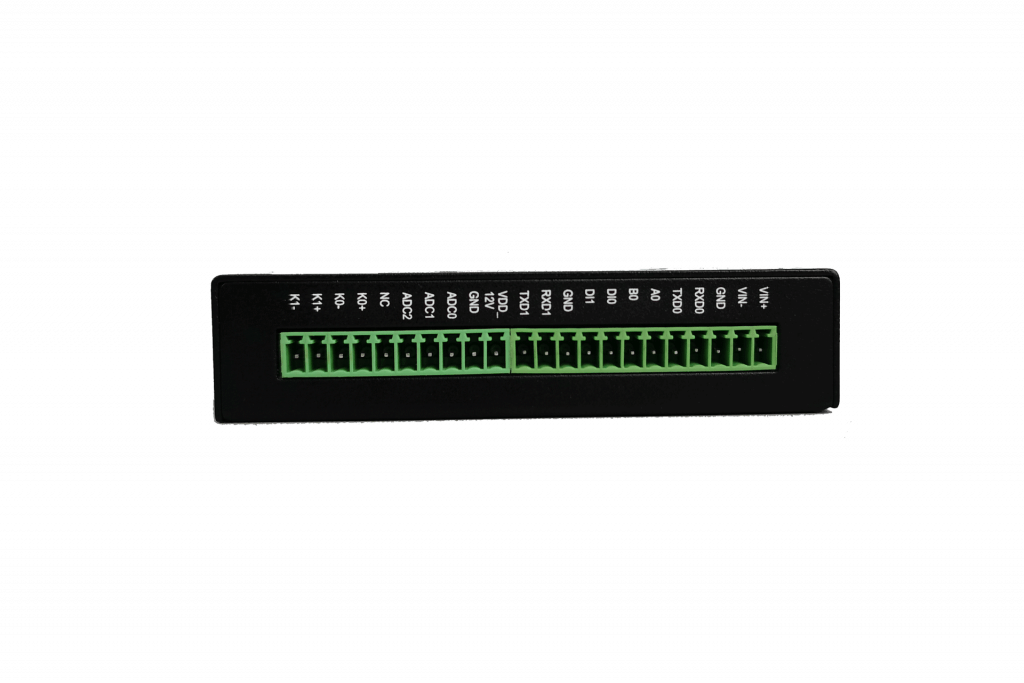

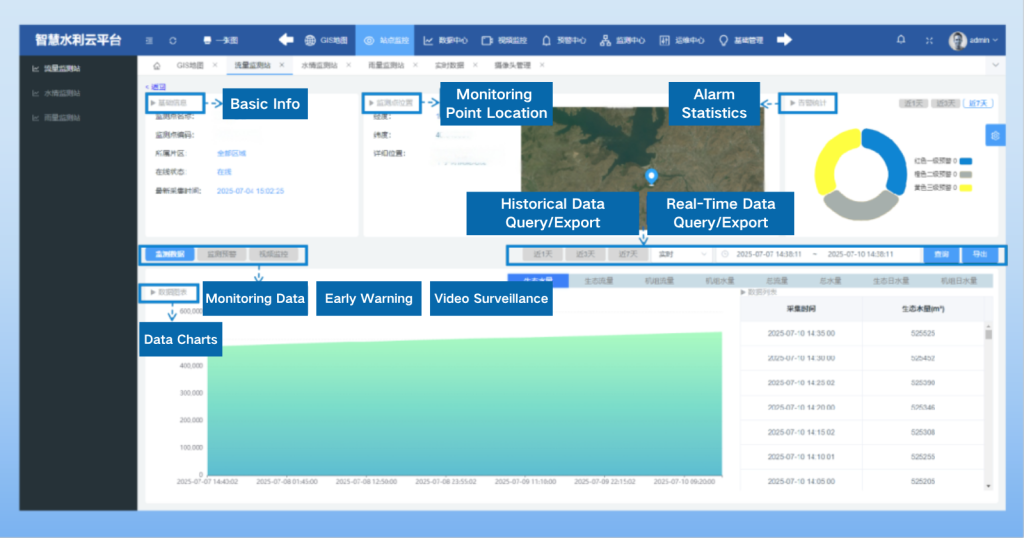
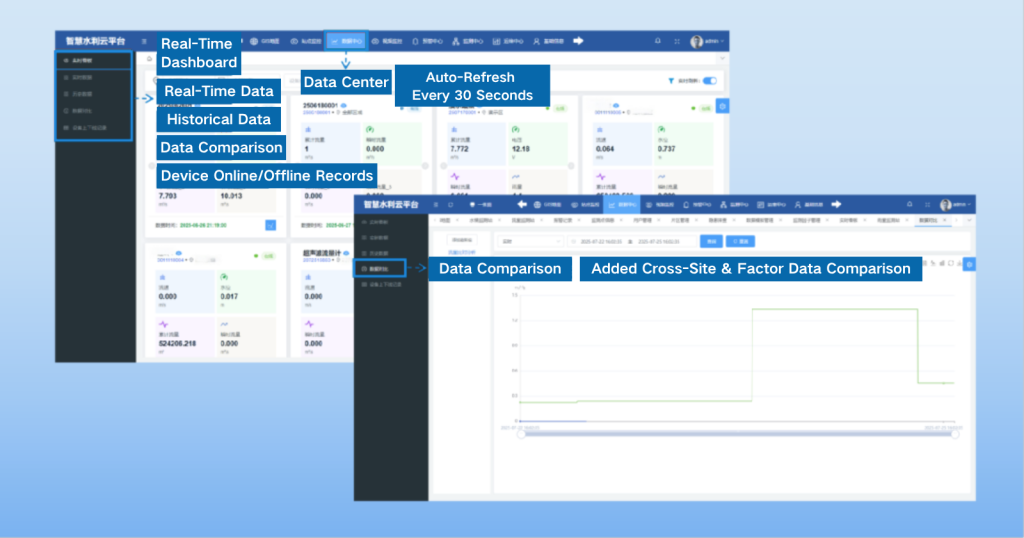

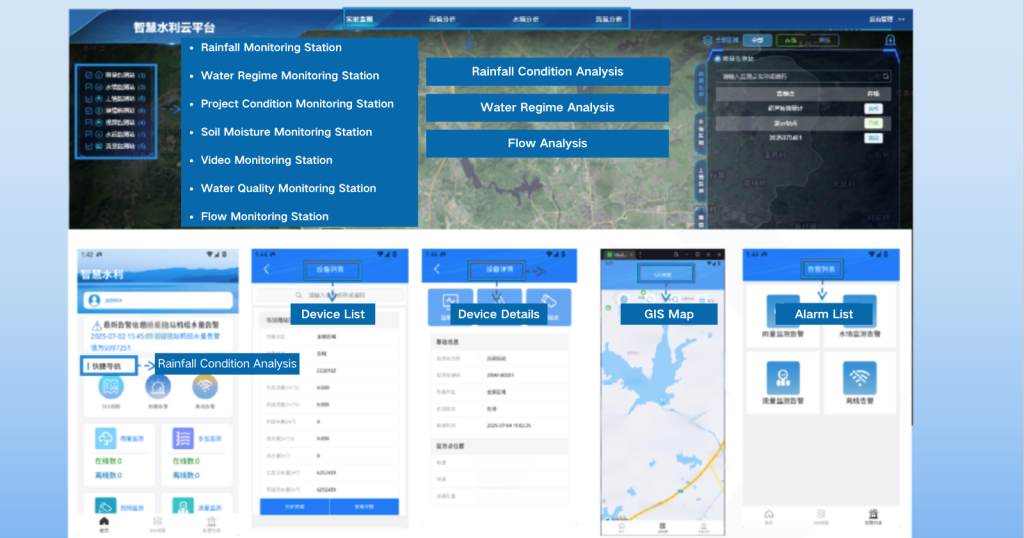
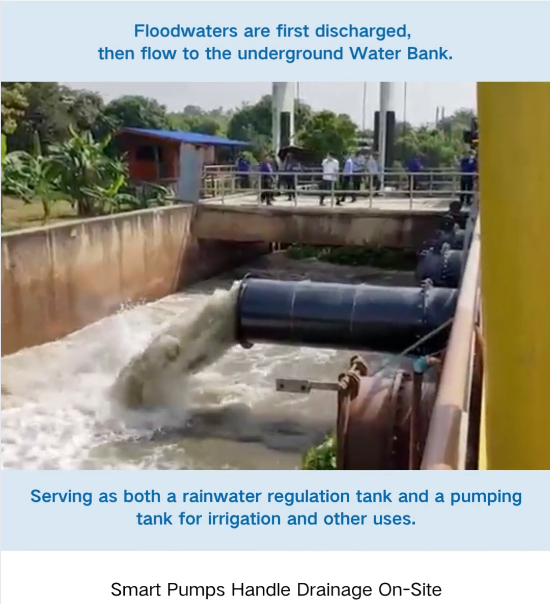

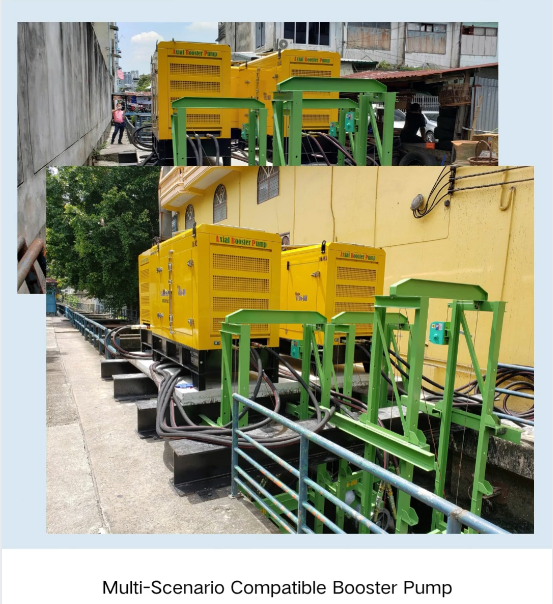

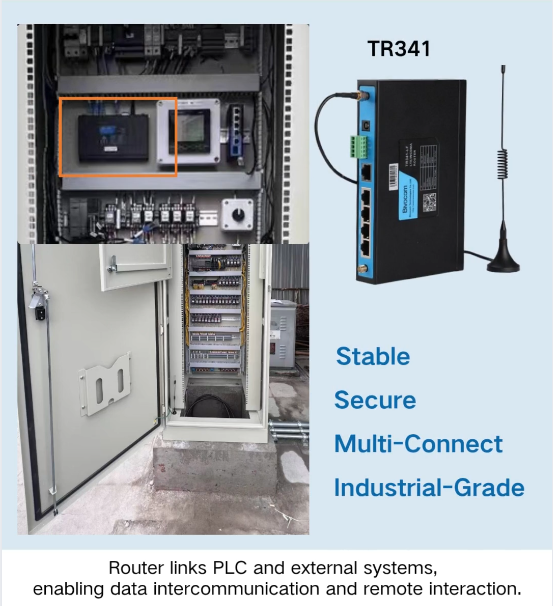
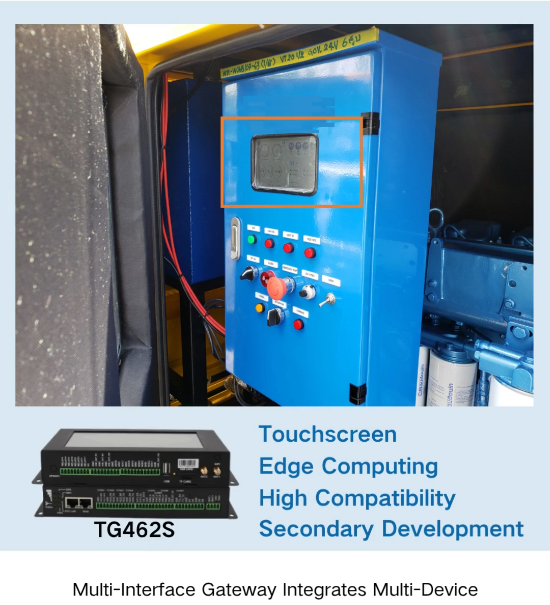
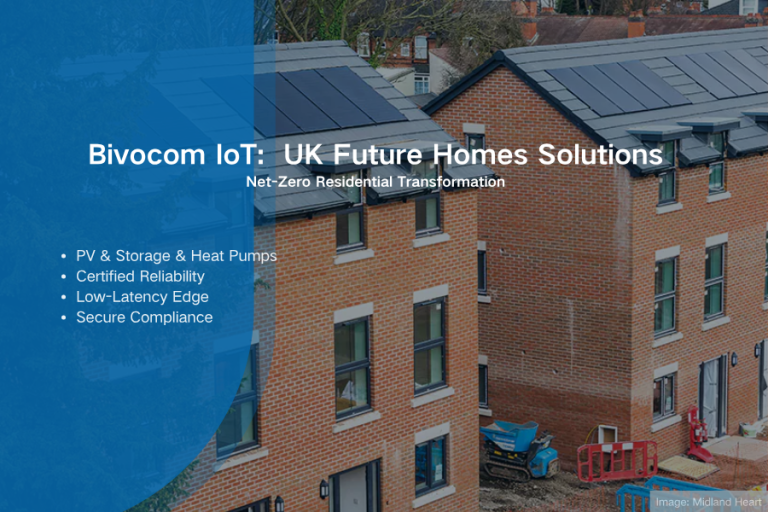
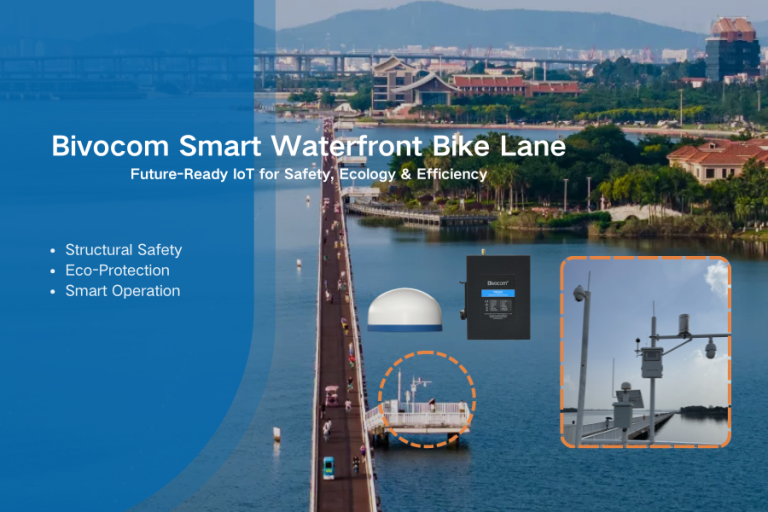


Comment